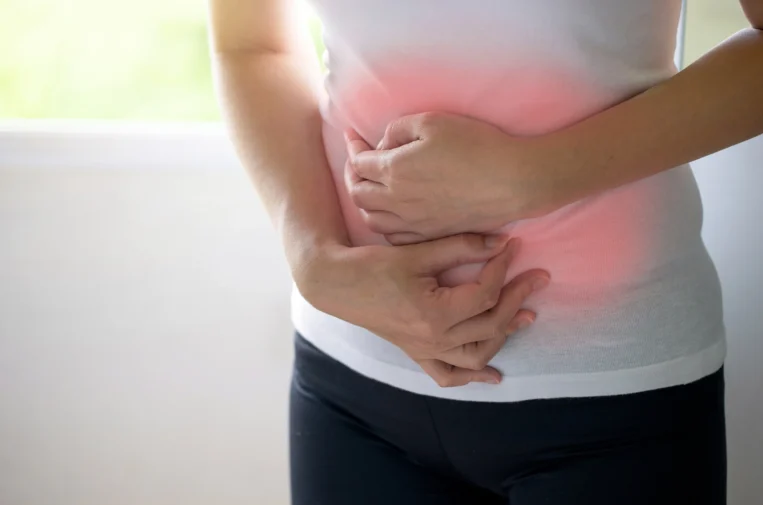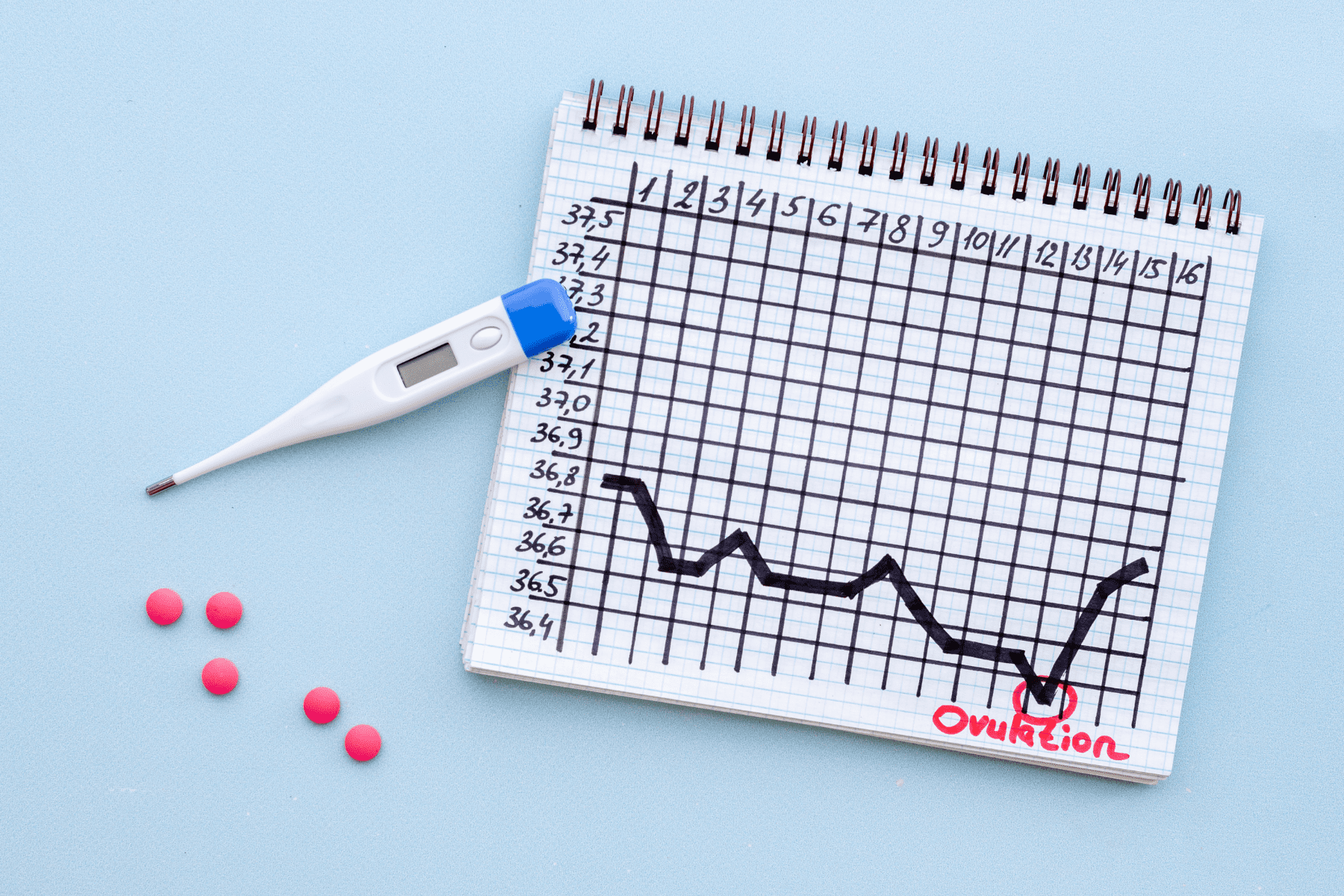One in eight couples experiences infertility issues. The American Society for Reproductive Medicine states that infertility impacts men and women equally, with the male partner as either the sole cause or a contributing cause of infertility in 40 percent of couples. Infertility is defined as being unable to achieve or sustain a pregnancy after six months of trying to conceive for women over 35 and after one year of trying to conceive in women under 35.
Dr. Allison K. Rodgers of Fertility Centers of Illinois shares eight common symptoms associated with infertility diagnoses in women and/or men, and what common infertility diagnoses display no symptoms at all.
While the below symptoms alone do not indicate infertility, they are commonly associated with such diagnoses.
1. Irregular monthly cycles
The average woman’s cycle is between 28-35 days, but the main factor to consider is consistency. If cycles always fall within the same few days in length, they are normal. If cycles are under or over the 28-35 window or are different every month, this may indicate issues. Being underweight or participating in too much exercise can cause periods to stop. Periods stop with some contraceptives, and this doesn’t indicate issues, but a woman will not know if her cycles are regular until she stops taking birth control. These symptoms are associated with thyroid imbalance, polycystic ovarian syndrome, ovulatory disorders and endometriosis.
2. Painful or heavy monthly cycles
Most periods range between 3-7 days, but women with heavy periods can experience 10 days or more. Women with heavy cycles also commonly experience severe period pain. These symptoms are commonly experienced with polycystic ovarian syndrome, ovulatory disorders, uterine fibroids and endometriosis.
3. Hot flashes or night sweats
If a woman is experiencing sudden feverish heat or sweating excessively during sleep, she is experiencing hot flashes and night sweats. These symptoms can point to early menopause, a low egg count, diminished ovarian reserve or premature ovarian failure.
4. Difficulty losing weight or excess weight
For women who struggle with weight and also have other symptoms – ovarian cysts, facial hair, thinning scalp hair, skin issues – the cause may be polycystic ovarian syndrome. In both men and women, excess weight can trigger a hormone imbalance in the body, impacting sperm count and ovulation.
5. Pain during sex
Women experiencing pain during intercourse should seek the help of a medical professional to uncover the cause. In some cases, a hormone imbalance or endometriosis may be to blame.
6. A drop in sex drive
A drop in sex drive in either a female or male partner may be a symptom of a larger issue. Hormonal shifts can cause the libido to plummet. This is commonly experienced with low testosterone in men and low estrogen in women.
7. Testicular changes
Pain, swelling, or small, firm testicles can indicate medical issues. Causes can vary widely and require further assessment by an experienced medical professional.
8. Difficulty with erection or ejaculation
An inability to achieve or maintain an erection, or difficulty achieving or reaching ejaculation may indicate infertility issues. These symptoms are commonly associated with hormone issues.
Other considerations and next steps
In women, a decline in egg supply, diminished egg quality, diminished ovarian reserve, and blockage in the fallopian tubes does not exhibit any symptoms. In men, sperm issues involving count, shape, movement and concentration also do not involve any signs.
Before a couple begins trying to conceive, or if they have been trying without success, basic infertility testing is available, affordable, and may be covered by insurance. For women, testing can involve a blood test to analyze anti-Müllerian Hormone, an indicator of egg supply, and Follicle Stimulating Hormone, an indicator of ovarian function.
An ultrasound can also assess the ovaries, uterus, and uterine environment. For men, fertility testing involves a physical examination and a semen analysis to assess sperm count, concentration, shape, movement and semen volume.
Medical contribution by Allison K. Rodgers, M.D.
Dr. Rodgers’ approach to care has been influenced by her own infertility and pregnancy loss. She has published many original research articles in top medical journals. She also writes for her blog, Destination: Parenthood, on many fertility related subjects.








